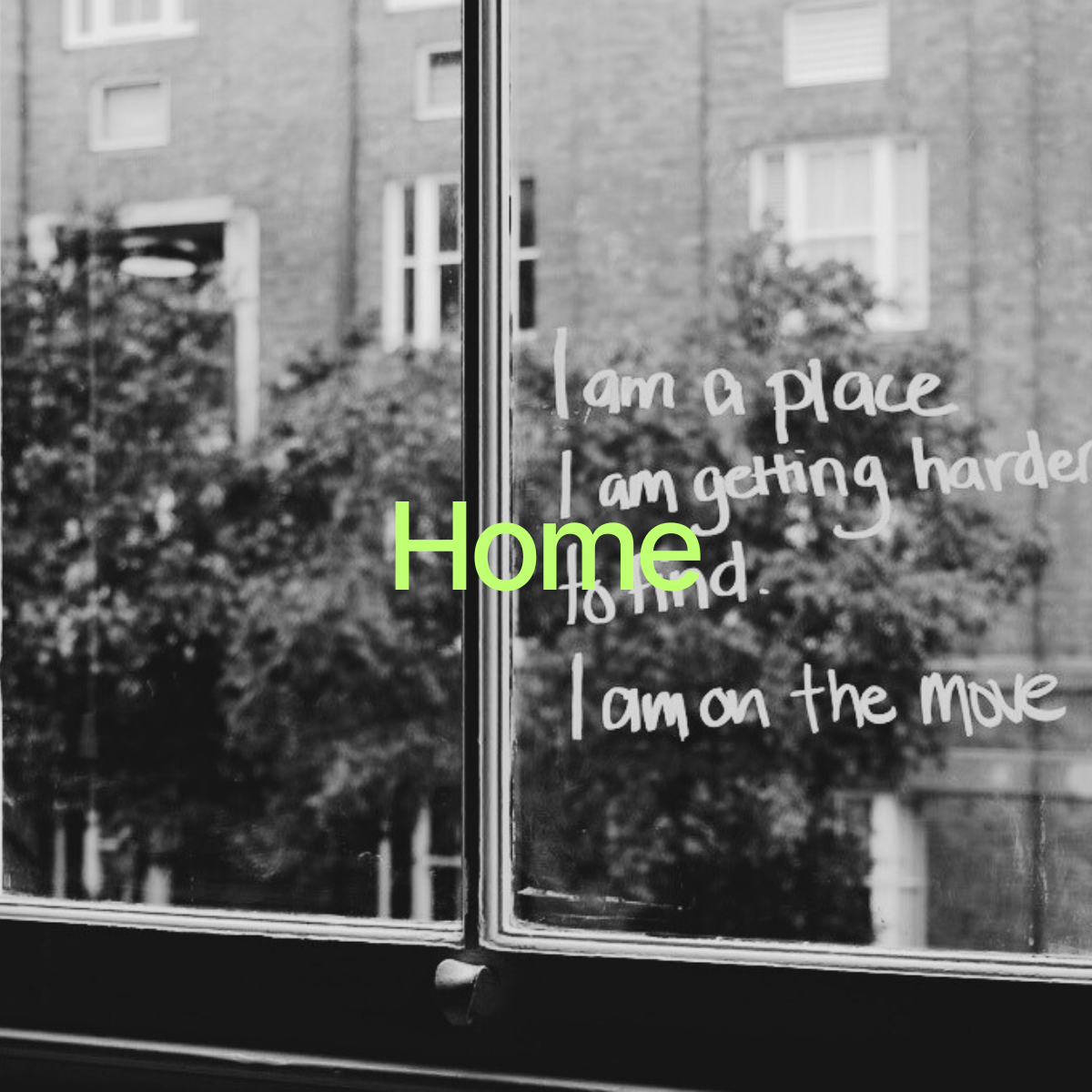PUBLIC PROJECTS
My public projects delve into the role of arts and culture as catalysts for education, development and change, in line with UN Sustainable Development Goals (SDGs) and have taken place across Australia and the Asia Pacific for organisations such as the
International Red Cross and United Nations.
In the projects below, I have played leadership and mentoring roles in exploring how creative practice,
creativity, futures and design can be used in community settings to support systems change. Selected projects are showcased here and further projects can be provided on request.



